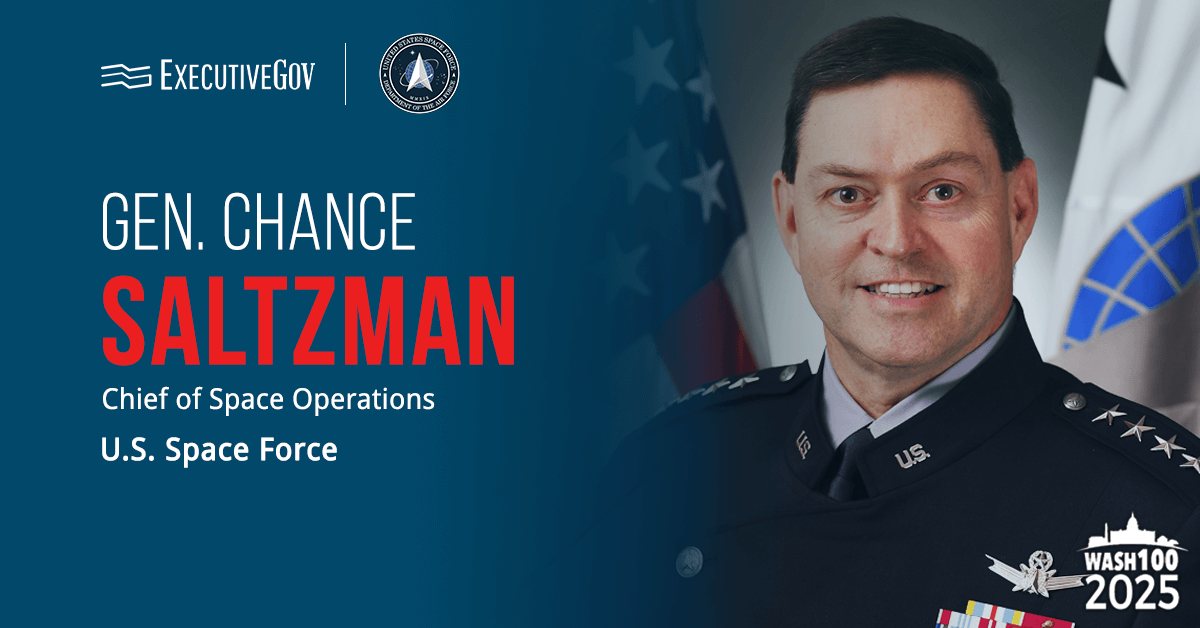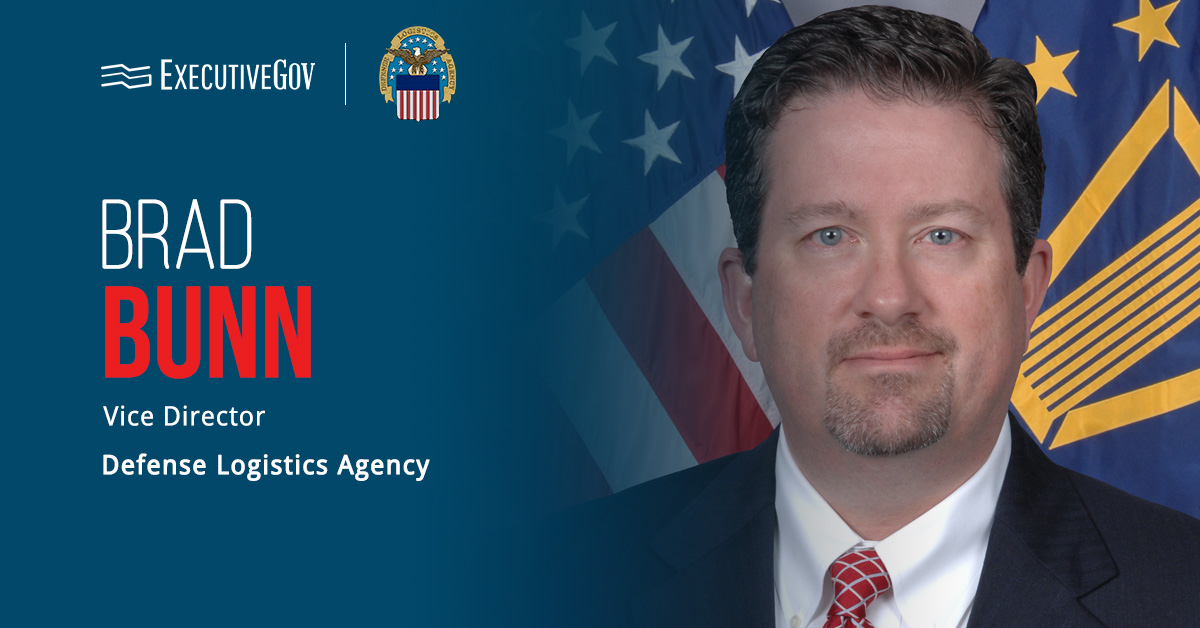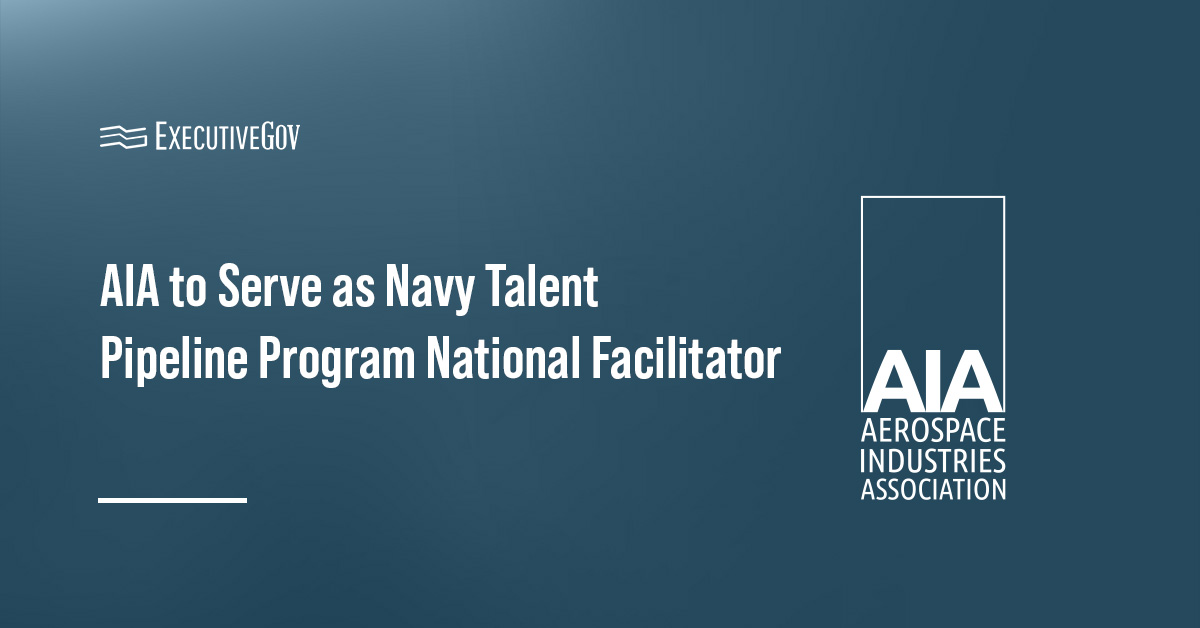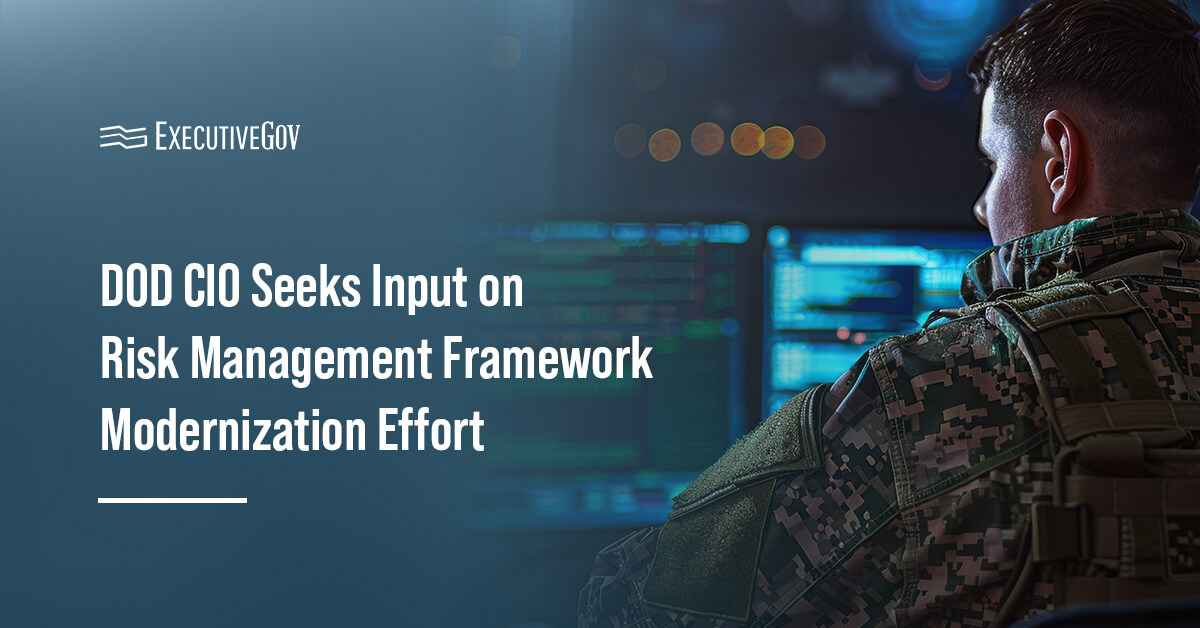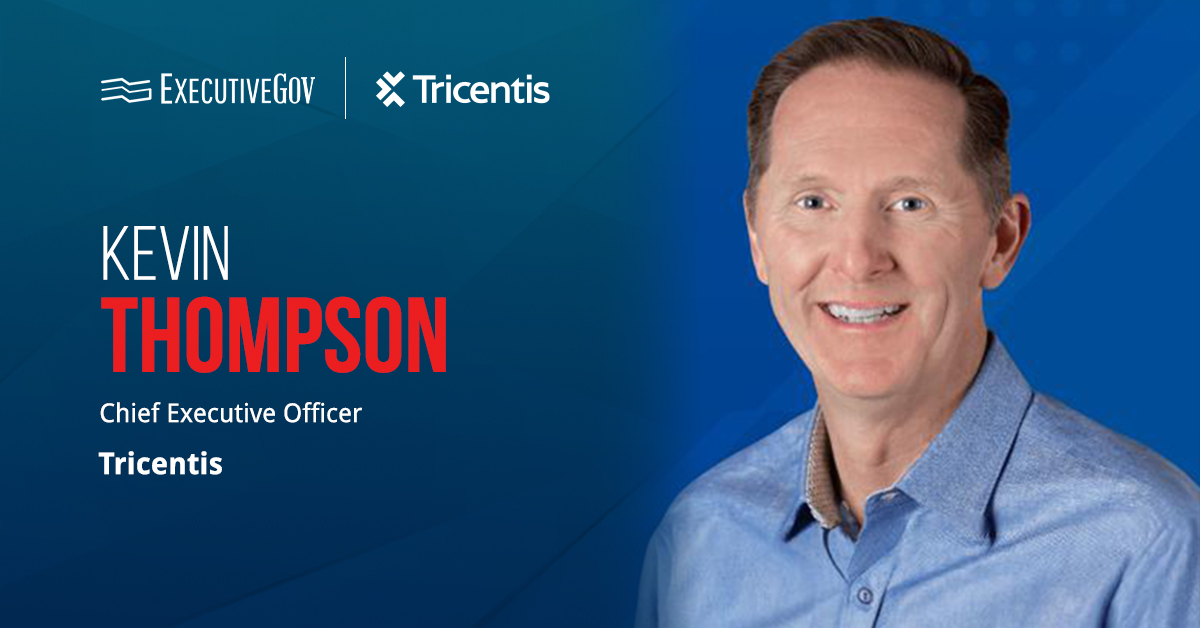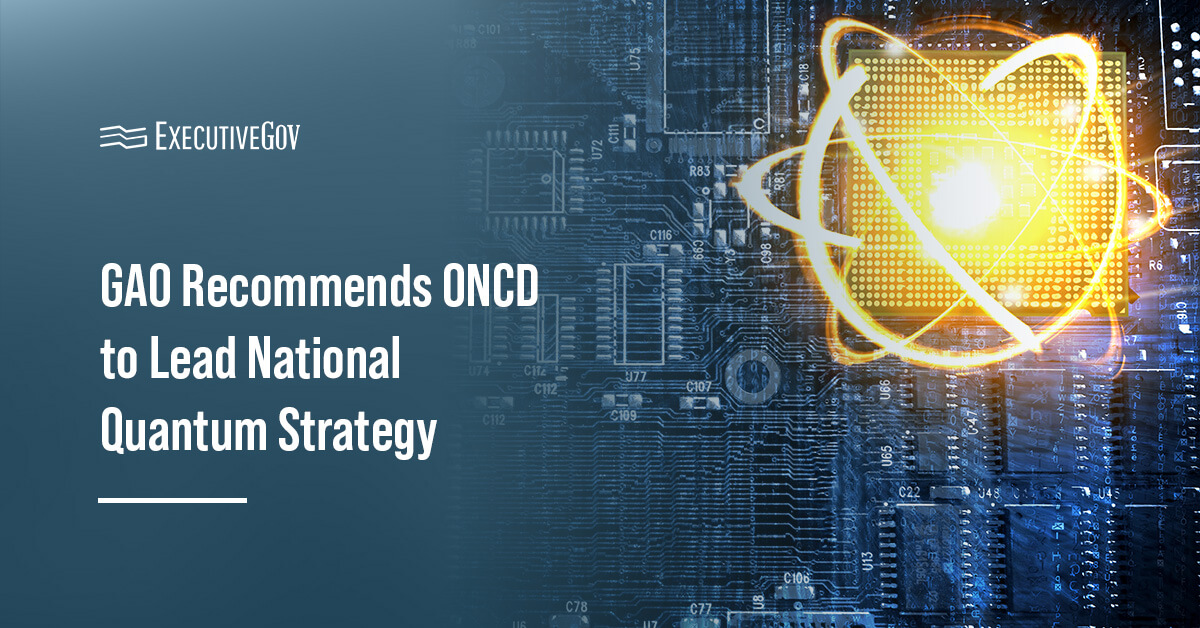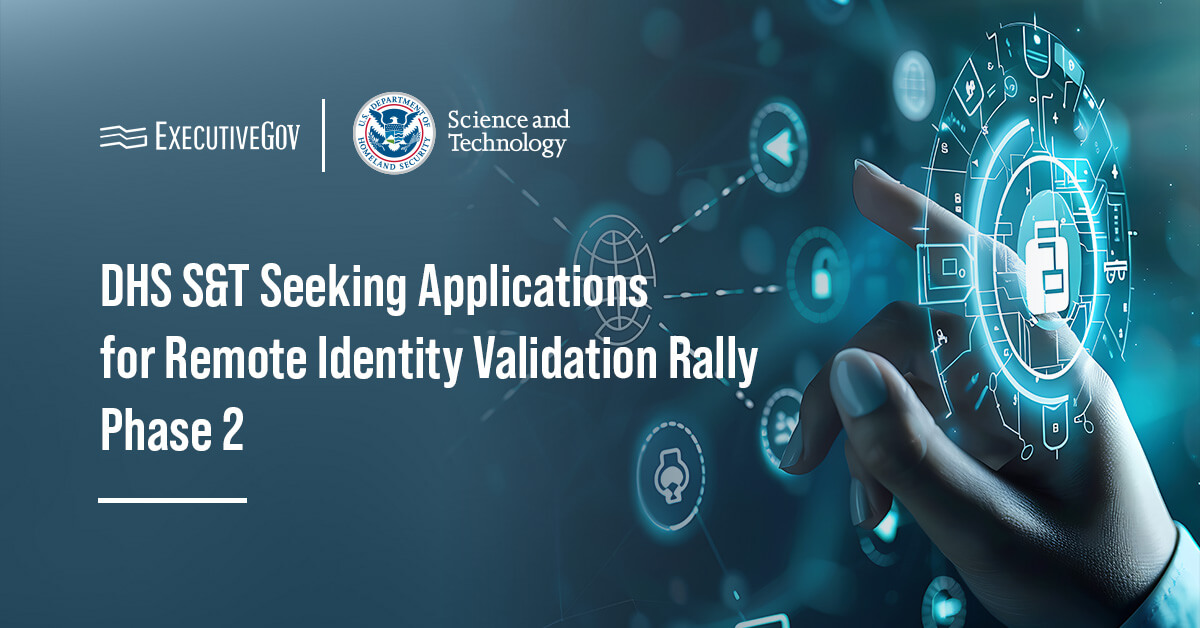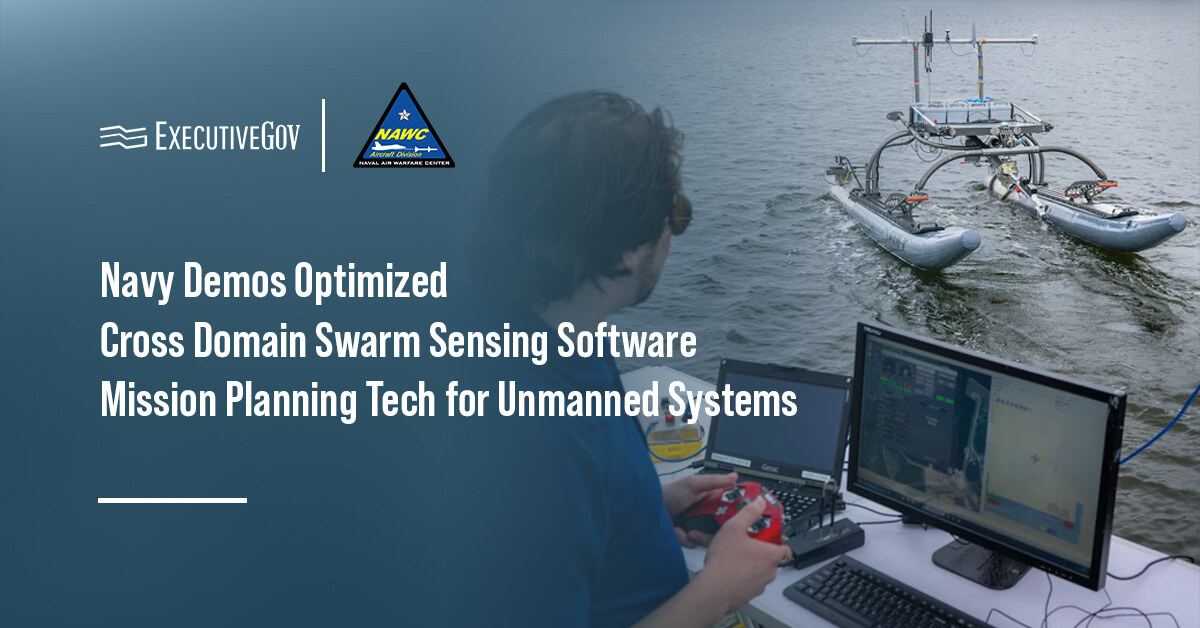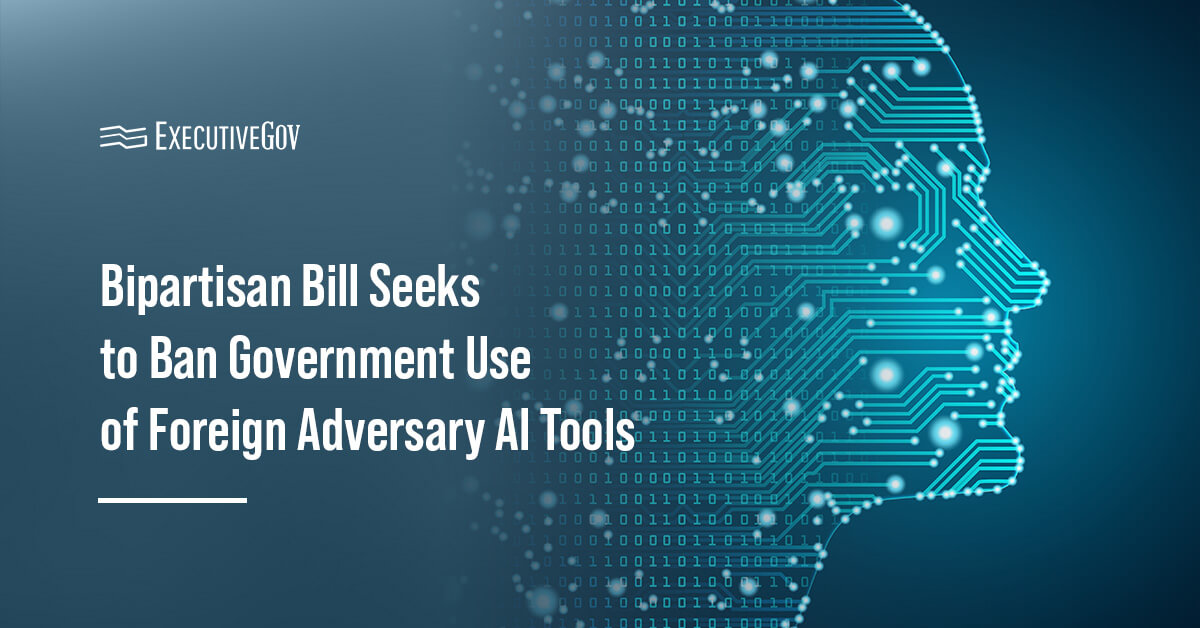The U.S. Space Force may be reassessing its plan to build the Transport Layer, a data relay satellite network meant to rapidly deliver targeting data from sensors to shooters.
At a Senate Appropriation Committee’s defense subcommittee hearing, Gen. Chance Saltzman, chief of space operations and a 2025 Wash100 Award winner, said that the Space Force is exploring alternatives.
“Now we have to look at what are the other avenues to deliver, potentially, a commercial, proliferated, low Earth orbit constellation,” he stated. “And so we are simply looking at alternatives as we look to the future as to what’s the best way to scale this [the Transport Layer] up to the larger requirements for data transport.”
The Space Development Agency plans to launch about 450 Transport Layer satellites into low Earth orbit. The agency already has 27 Tranche 0 demonstration satellites in space and plans to begin launching 126 Tranche 1 Transport Layer satellites into orbit in the coming months.
Tranche 2 of the Transport Layer is expected to have 182 satellites and begin delivering data globally by September 2026.

Experts from across government and industry will discuss the critical importance of air and space capabilities amid the great power competition at the Potomac Officers Club’s 2025 Air and Space Summit on July 31. Register for the in-person event here.
Could MILNET Replace SDA’s Transport Layer?
Multiple sources from government and industry spoke to Breaking Defense about the future of the Transport Layer. According to people with knowledge of the program, Space Force may terminate the Transport Layer once the satellites it currently has on contract have been delivered.
The unnamed sources also shared that data transport will be relegated to SpaceX under the MILNET program.
Sen. Chris Coons, D.-Del., seems to have confirmed the transition when he voiced his concern over MILNET.
“And that [SDA] work, which has been going on for several years and had robust competition and open standards, has been replaced by something called MILNET, which is being sole-sourced to SpaceX,” he stated at the hearing. “No competition, no open architecture, no leveraging a dynamic space ecosystem.”
The Space Force’s fiscal 2026 budget request also allocates $277 million for MILNET and eliminates funding for the Tranche 3 Transport Layer.


